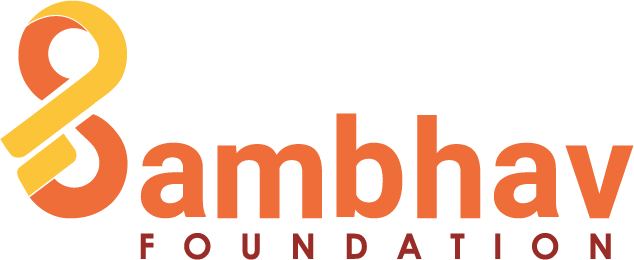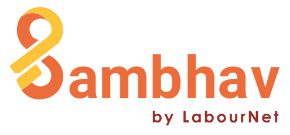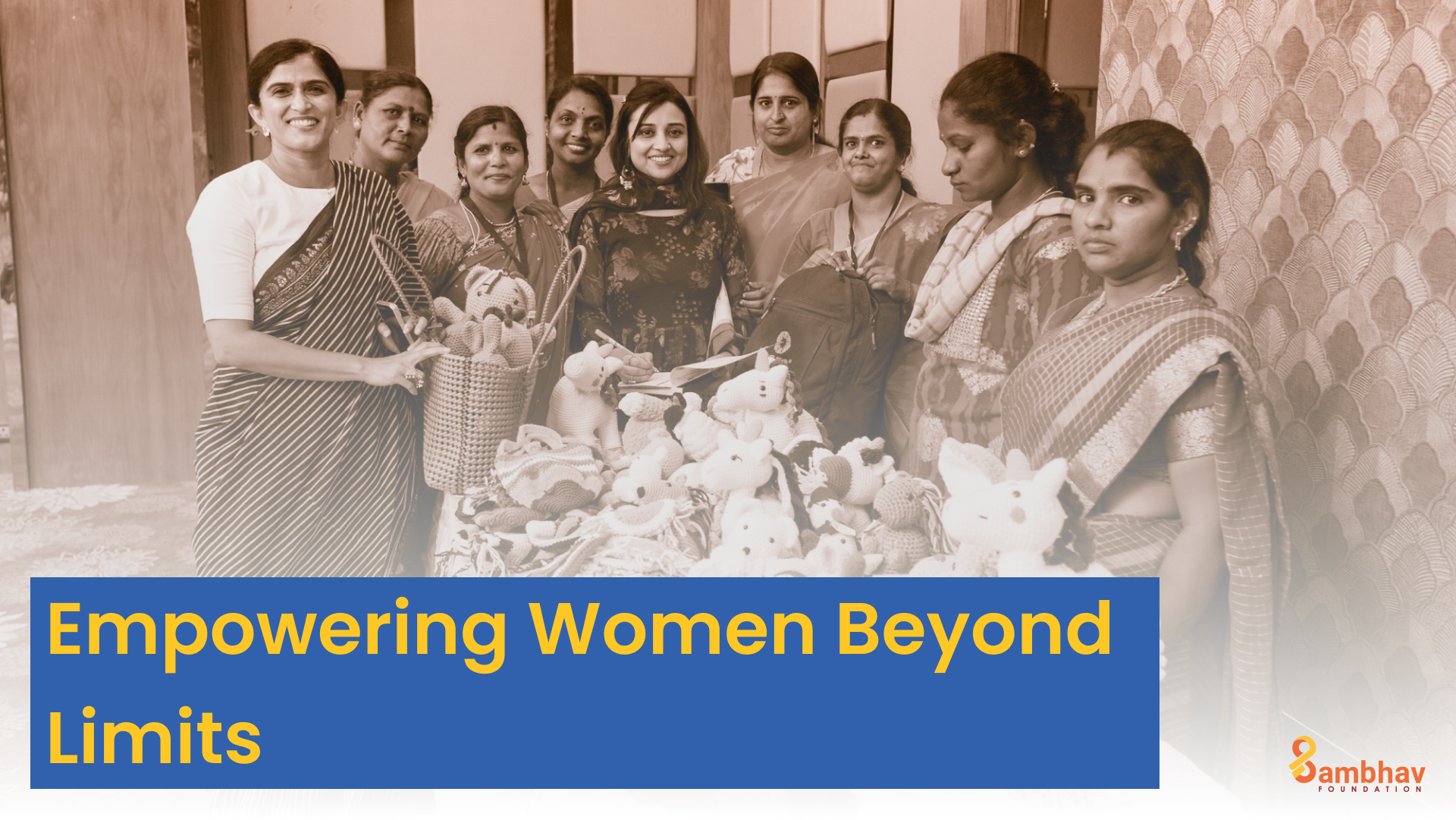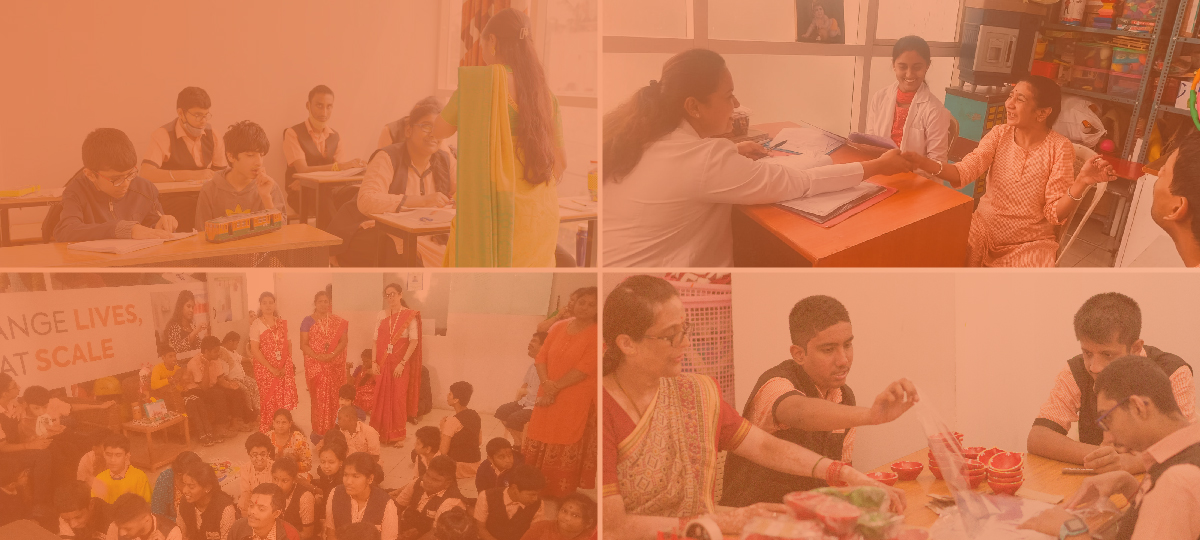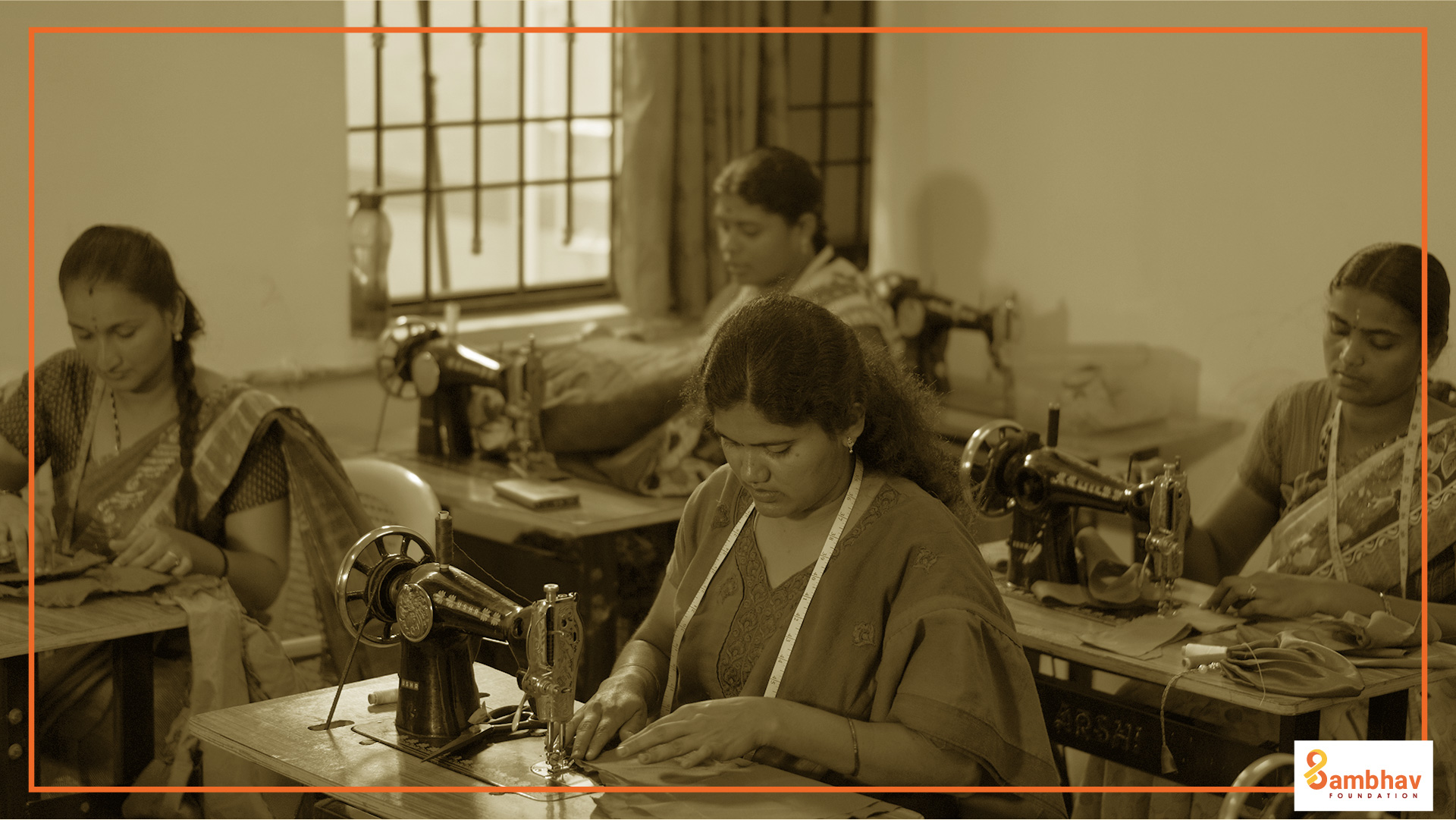India is experiencing unprecedented economic progress and technological disruption. It is already one of the world’s fastest-growing large economies and is set to grow at this pace for at least a few years.
Technology has been a crucial driver in this growth, its use itself growing exponentially in this populous country. The fourth quarter of 2021 saw a 3.8% increase in internet users compared to the first quarter. However, with the rising supremacy of technology over all the sectors, this growth rate displays a lack of effort and initiative. With the service sector contributing to 50% of the GDP, it becomes essential to equip our workforce with technology.
However, there is a massive chasm between technology and labour. This 3-minute read will delve into the digital divide in India – a country that is quickly taking center stage in the global digital economy, and yet, a country with millions without technological access.
1 Question:
- Though India has a technological penetration rate of 45%, the reach in rural regions is relatively less. The rural population is 948 million, with just 299 million (about 32%) active internet users. With this technological crunch, will India be able to dive into available opportunities? How will all Indians benefit from the fruits of the digital economy if they are not connected to it?
2 Perspectives:
- India has 700 million Internet users and 600 million smartphones. 60% of our population lives in rural regions, where internet density is low, and the spatial divide is tremendous (90%). In terms of the rural-to-urban ratio, just 30% have broadband access, compared to the national average of 50%. The digital divide separates those who don’t have access to infrastructure and facilities (a significant portion of the population) from opportunities, even though they form a crucial portion of the workforce.
- India has over 425 distinct languages and dialects. With the majority of the online content being in English, a proportionate number of users are unable to access material in their native language.
3 Factors:
- Blended Learning: Utilising physical centers across the country, and providing content on online platforms for better accessibility – a perfect blend of theory and the practical. Training is a continuous process and does not end with certification. We need to tailor to the needs of the industry and keep in mind the needs of people who are fairly disconnected from the digital world.
- Micro-Content in Vernacular: The lack of Indian languages in the digital world, is seeming to be an insurmountable barrier to education and opportunities. Content accessibility through translations, software and tools in the vernacular can lead to equitable access.
- Mentoring and Hand-holding: There are several leaks in the pipeline to the end goal. Several people are held back by societal notions and other responsibilities. A well structured plan, that involves the guidance and mentorship of these individuals would ensure their access.
There has been a significant shift in the mode of work or education. Gone are the days, when learning was restricted to a place and time. With technology, new avenues have opened up, leading to better opportunities.
Higher private investments in the digital economy are critical because only then will funding be able to penetrate relevant sectors of growth in a multiplied way. As a result, the private sector, with the assistance of the government’s fostering policy environment, must integrate technology in an inclusive manner and at scale.
“The Internet is not a luxury, it is a necessity.” – President Barack Obama
Dr. Gayathri Vasudevan
